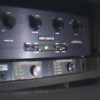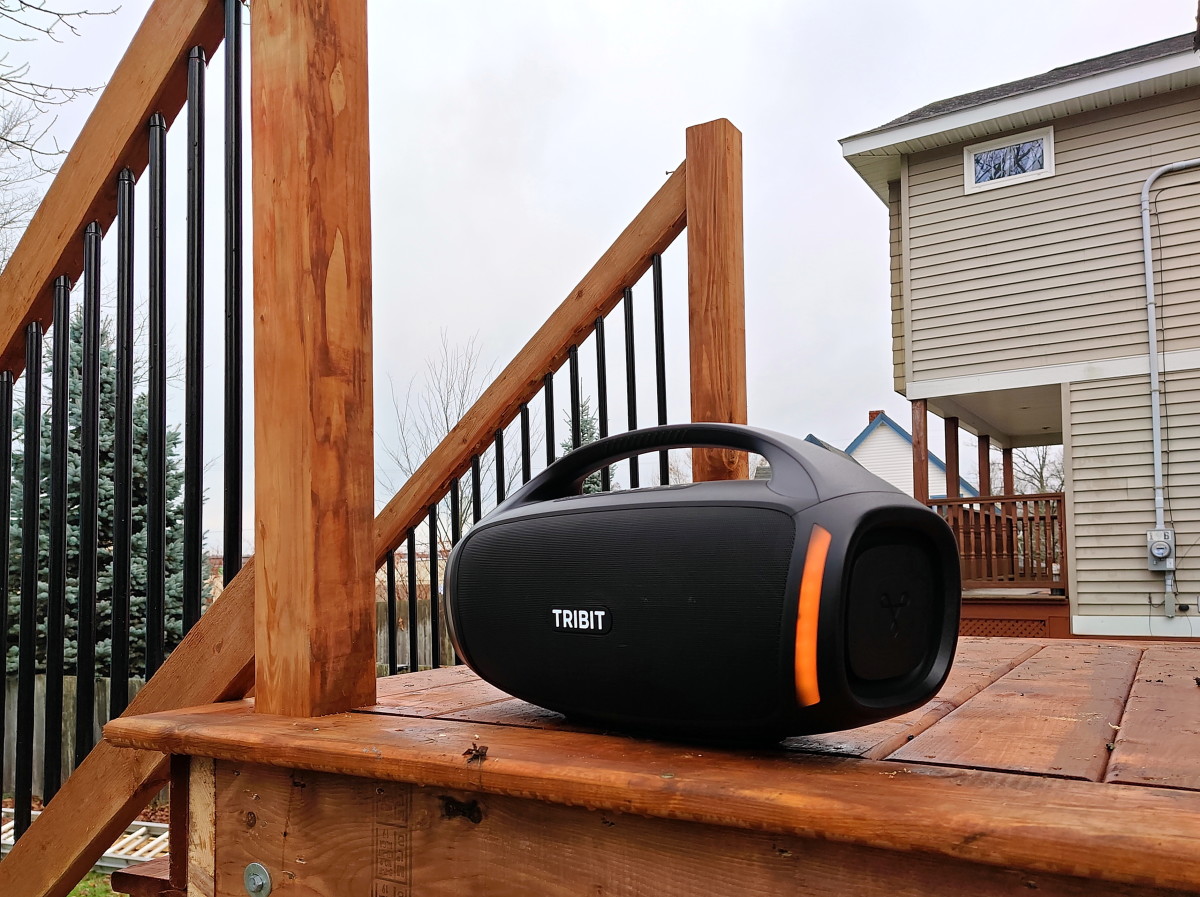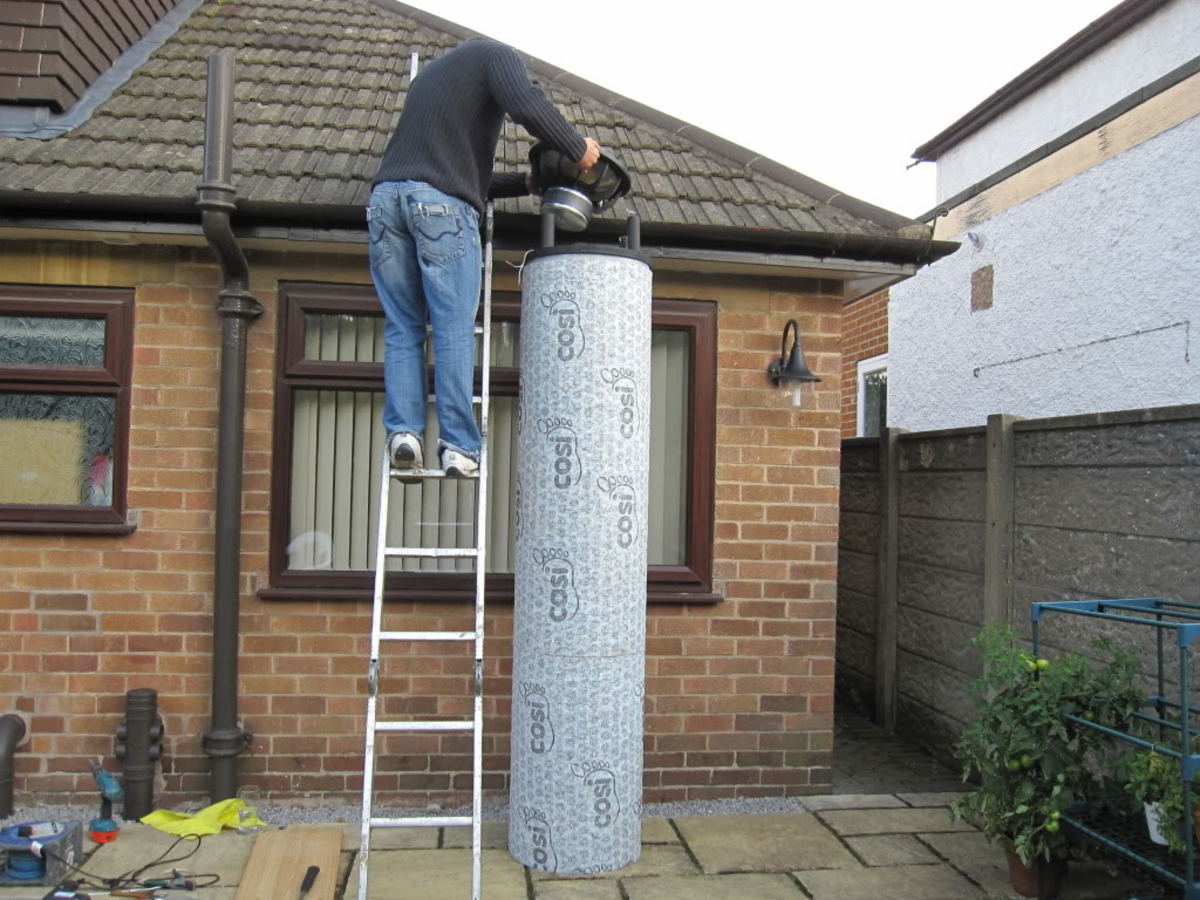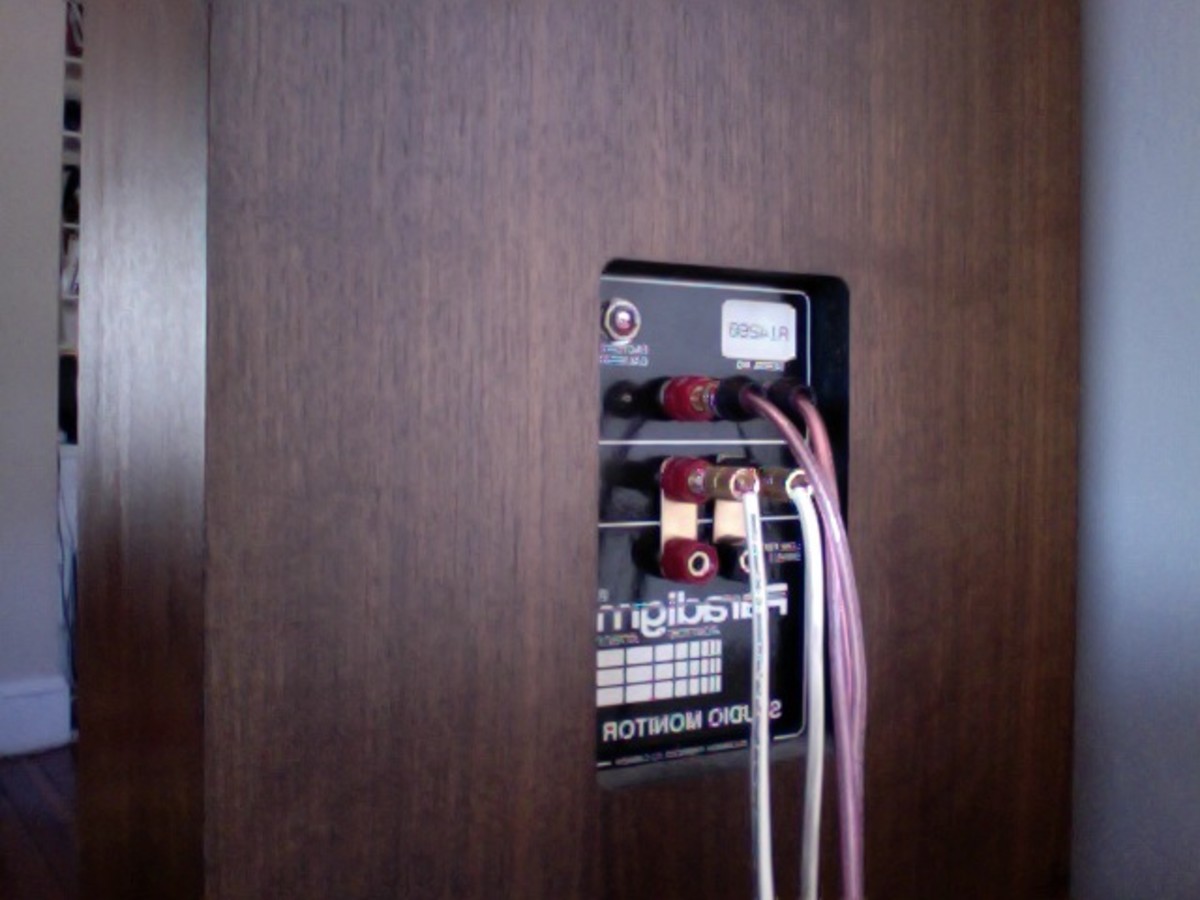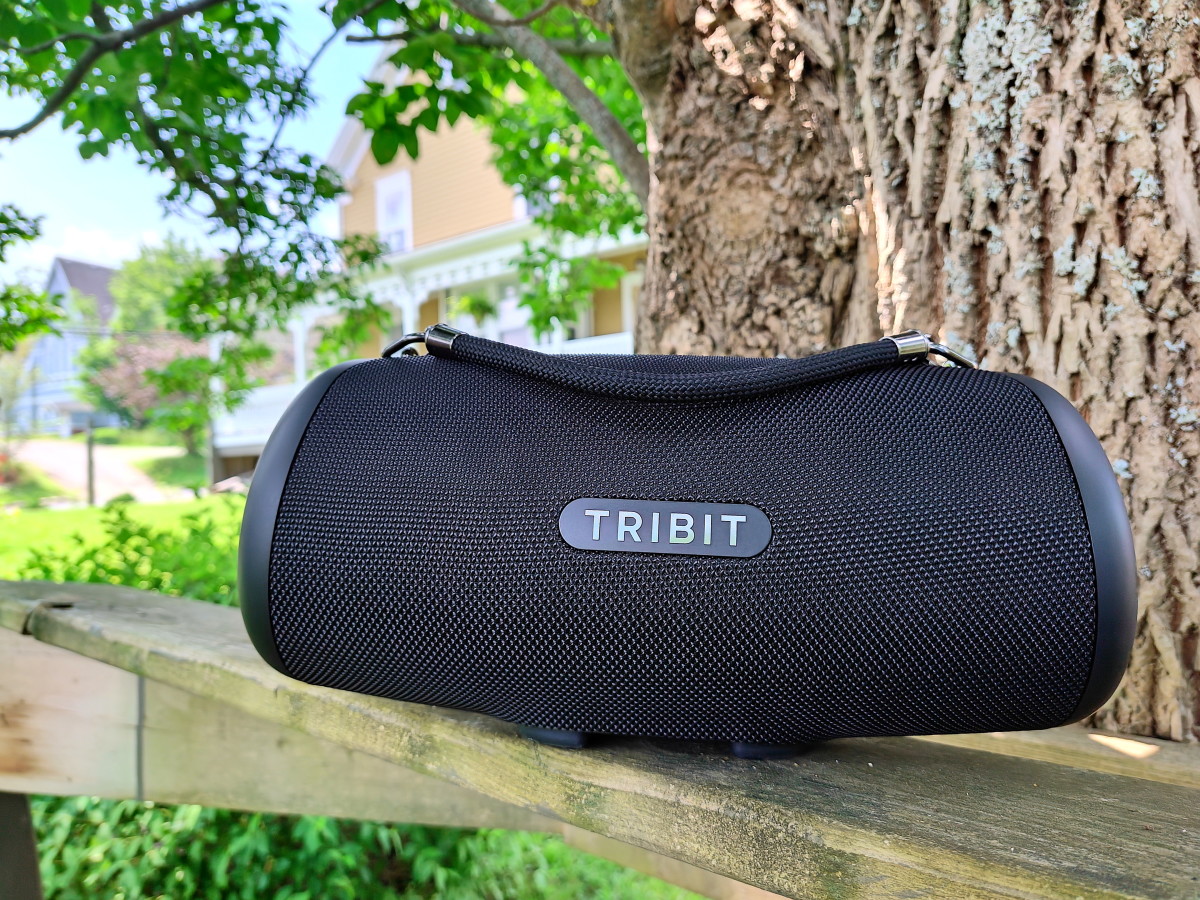D.I.Y. SPEAKER-SYSTEMS: Their Relevance, and An Example.
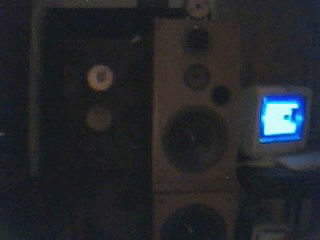
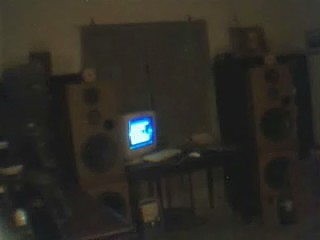
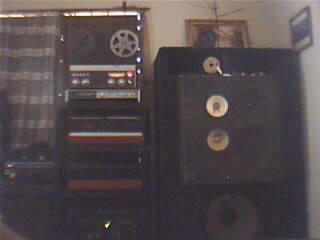
It is a little-known fact that many of the very best speaker-systems in the world were never bought from any store or built by any manufacturer. Many of the world's greatest speaker-systems are actually do-it-yourself projects carried-out by passionate audiophiles who're dissatisfied with the offerings from the mainstream. (Some of these can be seen at the website; "High-End Systems Around the World").
A plethora of these D.I.Y. systems now regarded as 'avant-garde' or 'cutting-edge', for their sonic-realism, are actually 'throw-backs' to the principles and actual designs of the distant past. Some manufacturers of 'state-of-the-art systems' today (Avantgarde, Acapella, and Magico's Ultimate, to name a few) are actually trying to emulate the tactics employed, and the quality of sound generated, by some of these DIY projects. Others, such as the original Wilson Audio WAMM (currently priced around $1/4 million) were themselves DIY projects originally built in homes and garages. This is one area where the knowledgeable DIYer wipes the floor with the big-boys, rinses them, and hangs them out to dry. If utterly uncompromising sound-quality is what you seek, perhaps you should consider your own project.
Very nearly all designs below the level of those above are severely - very severely - compromised in the quest for sonic-realism, despite what their manufactures and their accomplises in the main-stream audio-press will tell you. This is the stark reality. And this, likely, explains why 'detail-resolution' and 'stereo-imaging' have been hyped as the most desirable attributes, above the most important of all - overall sonic realism - since true realism can never be achieved within the constraints within which manufacturers are forced to conform, for various reasons.
More than any other discipline, in high-end audio, loudspeaker-design is perhaps the one most riddled with compromise. This is because the sciences of economics and, especially, physics conspire to present a multiplicity of problems, to the designer, with no toll-free avenues to solutions. Parodoxically, every 'ideal' solution at one end of a problem brings with it near insurmountable problems at the other end. Another design which solves some of the problems of the first case will likely have glaring deficiencies in the areas where the first case found the 'ideal' solution - and so it continues. For instance; speaker-systems from the past were massive (and expensive) but they were also very efficient and very dynamic (and realistic) because of it. Designs which sought to reduce size (and expense) solved the problem of extracting bass from a small enclosure, but were/are also very inefficient and very un-dynamic because of the solution. This accounts, in part, for their unfortunate lack of realism.
Taking the argument further, bass drivers and enclosures optimized for maximum performance at the lowest bass are less than ideal at mid-bass. And those optimized for excellence at mid-bass are mostly deficient at the lowest bass. One obvious solution would be to offer a combination of both idealized systems, but this very expensive solution would perhaps be resisted by the majority of consumers. So manufacturers conceal this problem (along with several other problems) and offer woefully inadequate and inaccurate compromises, and fool the consumer into believing that their offerings are the best things since sliced-bread was invented. Our own audio-press has long been a willing accomplice in this sort of deception.
In similar vain, logic suggests that the best speaker concept for stereo is a point-source. So, in the realm of dynamic-drivers (cones) this would mean one speaker (point-source) per channel supplying all the sound of the system. But the fact is, no single dynamic-driver has yet been invented to adequately cover the full sound-spectrum from high-treble to deep-bass. Planar and other designs, notwithstanding, the most common current concept is a small mid/woofer with a tweeter above, in a small enclosure, augmented by a woofer or sub-woofer. This, the industry claims, is the closest thing to a 'true' point-source. But that small mid-woofer comes with its own array of problems, not the least of which is insufficient surface-area to realistically reproduce the crucial lower-midrange tones. Others have proposed omni-directionals, bi-directionals, D'Appollitos, line-sources, plasma, and even ion-drives, to name a few. All have their advantages, and all have their disadvantages.
One of the most notable of 'true' point-sources, though, is the valiant efforts of Tannoy which combines a tweeter in the centre of a large woofer. This is still recognized as one of the best most realistic reproducers of sound, not necessarily because of its near point-source radiation but because the large mid/woofer generates realistic amounts of lower-midrange sounds (which most modern speakers lack) and adequate amounts of bass skillfully blended with its other attributes to mimic realism. However in the mid-range, because of that large mid/woofer, it is not as detailed as most modern small-coned designs which are themselves severely flawed in the Tannoy's area of excellence (the lower-midrange). They're flawed in this area, partly, because their small cones cannot realistically reproduce lower-midrange tones in realistic proportions. But more relevant is the fact that competence at the lower-mids has to be designed into the driver from day-one, a forgotten art since this unrealistically false and thin mini-monitor style mid-range has become the standard to which virtually all now adhere.
It seems to me that, once again, a combination of both strengths would be the ideal proposition for the restoration of sonic realism. In other words, design a system utilizing a small-coned mid/woofer for detail and stereo-dispersion in the mids, but also allow it to run almost 'full-range' to sharpen the leading-edges of transients at mid-bass along with articulating intricate detail also on this region. And since this little driver will be incompetent at the crucial lower-mids, also utilize a larger driver purpose-designed with the ability to reproduce the oft neglected but critical lower-mids which are lacking in modern speakers but crucial for sonic realism. It's as simple as that.
Well, not really as simple as that, at first. It took me quite a long time, and countless bouts of experimentation to come up with this and other schemes for my own system. [Kudos to Wilson Audio for coming-up with a similar arrangement for their X2 and Maxx series. Though, given their penchant for supreme analytics, I wonder if the lower mids are fully accomodated]. My own discovery of this idea came thoroughly by accident along a round-about route after months of experiments, as we'll explore. However, my stance on bass was absolutely influenced by the Wilson Wamm since my youth. Kudos to Wilson once again, for that, and for the willingness to push the envelope, even though I might not be the greatest fan of their general sound-type.Years of dis-satisfaction with countless speaker-systems, including at least one that was said to have been 'state-of-the-art' (the Spendor BC1) have led me to this point.
Beginning with part 1, 'From HiFi to High-End: What's Wrong?', thru to part 4 are articles of mine outlining the faults of modern speakers, and possible solutions to the problems. The system I'm about to describe is my take on solving those problems. What problems? In a nutshell, I've alleged (substantiated by others elsewhere) that modern speakers suffer from a lack of two critically basic elements required for realism. Those two critical elements are; (a) dynamism and (b) correct tonality - specifically a lack of lower-midrange body. I've sought to solve those major problems, along with others such as insufficient and inaccurate bass, thru my own efforts. I, along with a precious few other brave souls in the press, have described the sound of modern speakers as bright in the treble, thin in the mid-range, and dynamically constrained. In high-end audio, today, the primary focus is on low-level detail-resolution and pin-point stereo imaging - dynamics and correct-tonality are secondary considerations, at best, but more often than not - neglected. I believe this order of priority is wrong, and in my own system-building philosophy I've reversed that order. In my revised order of priority, the macro-elements required for realism; dynamics and tonality, are primary. And the micro-elements; low-level detail-resolution and stereo imaging - though important - are secondary. Thankfully both sets of goals (primary and secondary) have been accomplished, to a remarkable degree.
‘FULL-RANGE’ TOWERS: My own speaker-systems could best be described as DIY-specials as I could find no commercially available items, locally, that completely fit all my criteria. Tannoys are close, but allusions have already been made regarding their shortfalls. However, before I continue, I must mention that the Klipschorn is the most lifelike speaker-system I’ve ever heard. Its colorations in near-field critical listening are absolutely intolerable to me, but its considerable efficiency (104db/1w) arms it with the awe-inspiring dynamic capability to which I aspire. Still I went and bought a pair of super efficient Altec-Lansing horns to see if I could learn to live with a horn's colorations. I simply couldn’t. The compression-drivers (without the horn-sections) now serve as tweeters in my system. Perhaps I’ll try some other type of horn system in the future, but right now I’m not feeling so ‘horny’.
In my quest for high-efficiency/dynamic-capability, I’ve decided to go with multiple dynamic drivers instead. With the drivers I’ve obtained the system is at around 94db/1w. I’m considering doubling them and going for 97db/1w (an average system is only around 88 to 90db/1w efficient).
KLH: Some time ago, a friend offered to sell me a pair of inexpensive, non-descript KLH speakers. He claimed he’d bought them from a studio which had been using them as monitors – yeah, right. But the more I listened, the more I recognized the woofers’ rare and outstanding abilities (most systems will mask these abilities though - re; the section on power-amps – which probably explains why these abilities aren’t more widely appreciated). Well yes, the treble was subdued, the mids were smooth but recessed and not very well defined as if the woofers were crossed-over below their optimal point. However, the lower mids were EXTRA-ORDINARY. They had the very rare, but equally crucial, LOWER MID-RANGE BODY that is so, absolutely, lacking in many – no most – speakers, top-echelon high-end included.
But that’s not all, these light-coned 12” drivers rendered HUGE amounts of LOW-LEVEL DETAIL in this region. The detail so many other speakers slight, or miss completely; the sustainment and decay of notes slowly fading into oblivion, the haunting guitar melody, deep in the mix, which those other speakers ignore. They portrayed voices with realistic chest-tones, yet no hint of boom, singers really sounded REAL. They also made instruments in this region sound real, and whole, and big, as BIG as life, even the piano. Notes were complete with the requisite weight for uncanny realism. They displayed the sort of lifelike musicality and liquid lucidity so loved by tube-amp aficionados, myself included. I love them so much, I’ve since bought two more pairs on eBay, and I’m contemplating more. [Perhaps the newer versions such as those sold by Amazon.com would be as good, I’m not sure – check on them if you’re so inclined. But I am absolutely sure that the corrugated-coned 12” mid/woofers in such models as KLH 7500, AV4000(1), AV5000(1), etc. are truly top-notch, in the areas I’ve articulated, despite their cheap prices].
OK, so I’m definitely throwing away the tweeters. But what to do about the less than stellar middle-midrange?
YAMAHA NS 10: Moderately expensive for its size, the Grammy Award winning Yamaha NS10 studio monitor is legendary. Revered by the many, and reviled by the few. Some criticize its tweeter, others – its low- bass (or lack thereof). But all acknowledge the superior CLARITY and ACCURACY of those 7” drivers’ mid-range and mid-bass. These are the little white-coned speakers that can be seen atop the mixing-consoles of almost every popular music-studio (and videos there-of) around the world. Almost every popular song we hear (produced within the last 20-odd years) is a product of the sound quality and supreme accuracy of these little speakers. One listen will tell you why they’re so dominant in the industry. The treble isn’t special, but their accuracy in the mid-range and mid-bass is outstanding. And especially in the context of the mediocre performance of most others in this area, the accuracy of the NS10 in the mid-bass region is really ASTOUNDING, in my view, as compared to the sound of actual instruments.
However, though their superiority at mid-bass does improve upon that of the KLH's, for the moment what was more urgently needed for the ‘full-range’ section of my system was their supreme prowess in the middle mid-range. Their reproduction of percussive instruments is revelatory. Drum-sets, for instance, are precisely depicted, with a ‘you are there’ presence. Snares are bitingly crisp, piano notes in this region are sharply defined. In fact, all instruments portrayed through the mid-range benefit from these drivers’ extreme accuracy and clarity. Nevertheless, their performance in the lower-midrange region, is just like that of most other high-end speakers I’ve encountered – dismal!
Having gotten hold of a few of these icons, I alternated between KLH and Yamaha. I agonized for months over which to use since each was so outstanding in its areas of strength. Significantly, whatever the KLH lacked in middle-midrange, the Yamaha supplied in spades. And what the Yamaha lacked in lower mid-range body, the KLH supplied in buckets. Finally I decide to combine the two, and voila, my super-speakers were born. I’ve nicknamed them ‘Kloss 1’ which is a pun on Class 1, but also a tribute to the esteemed designer and co-founder of KLH, Henry Kloss, the man whose design philosophy for realistic reproduction is responsible for one of this speaker-system’s greatest attributes (lower mid-range body and articulation) so rarely found in others – even many of the most expensive. Perhaps I should dub it; 'Kloss THENS10' in tribute, also, to the Yamaha NS 10. For now, each channel comprises two KLH 12”s and one Yamaha NS 10 (7”er) complemented by a 4” hi-mid. An Altec compression driver serves as tweeter.
CROSSOVER-LESS OPERATION: A recent experiment seeking the benefits of crossover-less design has yielded extra-ordinary results. The little white-coned Yamaha that operates as a mid-woofer in each channel was divested of its crossover network, and because of this, believe it or not, the sound of the whole system has improved – throughout the whole spectrum, excepting deep bass and treble (the Altec tweeter was already 'x-overless' with only a capacitor limiting lower frequencies). What most manufacturers, and many in the press, will not tell you is that despite some benefits, ALL passive crossover networks diminish detail, dull transients, obscure clarity, add distortion, and strangle dynamics to varying degrees. I may elaborate in another article, but suffice it to say that all the claims made for crossover-less designs are now proven to be true – for me, at least.
This simple operation has taken the system's performance to another level. The gains in transient-response, dynamics, and overall clarity and detail, are truly exceptional. Any minor coloration induced by this mode of operation is completely masked by the rest of the full-range system which continues to operate thru its conventional crossover networks – it’s like having the best of both worlds as the x-overs on the KLH’s do contribute to shaping the exquisitely natural sound of these drivers. Nevertheless, one never knows how much music is lost in conventional designs until one decides to go CROSSOVER-LESS, in some sense.
The complete speaker-system is very good in all areas. However its rare abilities in the areas of lower mid-range body/articulation, transient-response, and its equally rare 94db/1w/1m-efficiency afforded superior dynamic-capability, imbue it with a level of REALISM in reproduction that cannot be approached by many of the very highly esteemed high-end speaker systems extant, so far as I'm aware (including some that are superior in detail-resolution - at the highest frequencies - at this time). And it proves the veracity of the arguments previously espoused here regarding the most important factors for realistic reproduction, in my opinion (re; my article, ‘From Hi-Fi to High-End…’)
For a more easily referenced concept of it's sound; consider the full-tone and dynamism of a large Tannoy-system, combined with the clarity, accuracy and detail (even more enhanced - crossover-less) of the Yamaha NS10 near-field studio monitor (with a better tweeter) - arguably, the best of both worlds.
This system can be played full-range, but that alone won’t do. So what about serious bass?
(Note; a spectrum-analyzer/generator is an indispensable tool in tuning such a system).
SUB-WOOFERS: A remnant of my days as a disco owner/operator is a pair of 5’ enclosures with a Goodmans 18” woofer each. These have served as sub-woofers for years. However I’ve come to believe that using one speaker per channel for the full bass range is too much of a compromise. A speaker optimized to play at the very lowest frequencies cannot properly operate at the mid-bass frequencies, and vice-verse. It’s a fact of life, though many will claim to have overcome it, but all manufacturers should know this.
The original Wilson Wamm super-speaker utilized a bass system with 2 small 9”x11” speakers operating from 430hz to 40hz, and from 40hz to 17hz an 18” woofer took charge. This arrangement facilitates the low-bass extension of the 18” driver, and the mid-bass definition of the smaller drivers which the 18” could never provide to the same degree. A similar arrangement is employed by Goldmund in their $300k model, and also by Nestorovic.
My own experiments have revealed my 18”s to be competent at the lowest frequencies (I’m sure there are others, but no other woofer I’ve found provides deep-bass, and even lower-mid bass, with the earth-shattering realism that 18’s can, and the Goodmans’ are outstanding in this regard. Also, they're better/rounder than most 18"s, in my experience, at deep-bass) so I use them from 50hz to 20hz. And since I also cross-over at 100hz, I utilize a pair of high-compliance 8”s from there to 40hz. But though the 8’s were a good choice to provide the required weight in that region, I still wasn’t getting the definition I wanted. So then I tried a pair of (low-compliance) Yamaha 7” NS10's, yes, in parallel with each pair of 8”, and yes, another of my dreams came true. This combination is AWESOME – articulation, definition, weight, extension, correct tonality, you name it, this combo has it. It’s what I call, the ‘Double-Bass’ system (for more on this, refer to my article, ‘The Bass Reality’). And there is another outstanding quality thanks, in part, to the little Yamahas.
A critic of the NS10 once complained that the bass was ‘card-boardy’. He’s so right. I remember once watching a feature on The Funk Brothers, studio-band of Motown in it’s hey-day. The drummer claimed that the best sound he ever got from a ‘kick-drum’ was when he substituted a beer-carton for the purpose. I’ve checked, that’s what some kick-drums really sound like – a card-board box – a sound the Yamaha more accurately depicts than any other speaker I’ve heard (the Goodmans 18”ers share this trait to a slightly lesser degree, but are certainly not as adept at resolving minute mid-bass detail, or the leading-edges of bass transients, however, nothing I've heard is as awesome at lower-mid-bass and deep-bass). The critic was upset because the NS10 didn’t sound like other hifi speakers he’d heard, in that region. What he didn’t realize is that the Yamaha was right, and the others wrong.
CHANGES ? Aspects of the speaker-systems may be altered before settling on the final configuration. Believe it or not, each mid/woofing Yamaha now temporarily occupies space in each sub-woofer cabinet – to the side and to the rear of each full-range tower - not ideal for stereo, obviously. But that is for experimental purposes only. Soon they’ll take their rightful places in each tower. I seriously doubt I'll find a substitute for the NS 10 which excels at both mid-range and mid-bass, so things will remain status-quo on that issue. As it is, one NS10 operates purely as a woofer, and the other operates as a mid/woofer in each channel. The outstandingly accurate mid-bass from these does complement, and at the same time qualitatively override, the decidedly ordinary, slightly woolly mid-bass of the KLH's. (KLH's have the sort of mid-bass most hifi speakers have - soft, round, and very pleasant, or pretty, like that of a highly-rated Spendor BC1 system, the best domestic speaker I'd previously owned - totally inaccurate). Perhaps the most significant change, for now, will be the scrapping of those redundant 8"ers, also, at mid-bass. (Remember those? They now 'assist' the 18's at low-bass, and do seem to influence an improvement in finesse - fine-tuning continues, sporadically, even as I write). Nevertheless, experiments have confirmed that the two 18's are perfectly able to take-over from the mid-bass supplied by those four KLH 12's, and four 7" NS10's.
It’s amazing that such a small speaker could have such powerful effects on a fairly large system, but it does. It’s like an ounce of rum in a pint of Coke, its effect belies its size. But the NS10's couldn’t perform at this level by themselves, and those KLHs are superlative within the context of their own sphere of excellence. Yes, I’m as happy as a boy on Christmas Day with these speakers, and cannot imagine anything below the level of a modified Wilson Wamm, Tannoy Westminster, or modified Avantgarde Trio w Basshorns, coming anywhere near in the areas of performance that matter most to me.
'Kloss THEN S10' + The Double-Bass system = class 1 realism? Perhaps!
For a description of the sound the whole system produces, please refer to the article, 'System-Building for Lifelike Sound'.
Copyright 2010
